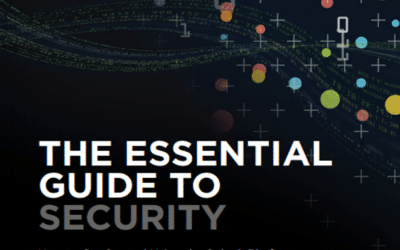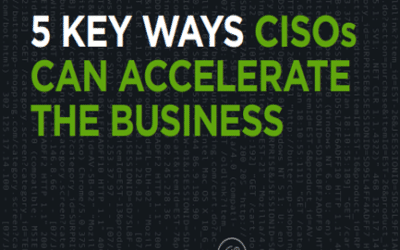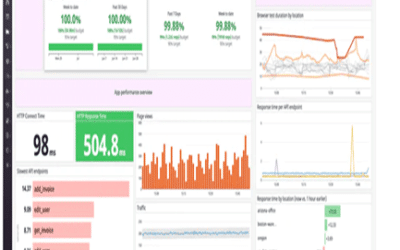In the DevOps universe there is talk of SAST and SCA type tools, the truth is that they are two different types of technologies and cannot be compared. Below, we share definitions and differentials:
Static Application Security Testing (SAST)
SAST (Static Application Security Testing) is a security testing tool. Its primary use case is to report security and quality issues in static source code.
Software Composition Analysis (SCA)
SCA (Software Composition Analysis) identifies open source components and risk (vulnerabilities, architecture, licensing, etc).
SCA supports more modern development environments, where developers acquire software from an upstream supply chain. Its main use case is compliance and dependency management workflow development.
Differences between SAST and SCA:
- SAST tools require access to source files, and in some cases organizations no longer have access to source code and if they do, it cannot be compiled because it is missing key libraries. Because of this, you cannot patch a problem if it is not represented in the code.
- 85% of modern applications are composed of open source code, which indicates that by using SAST tools, they are leaving most of the application unanalyzed.
SCA tools scan files and binaries, which provides greater coverage for an application. - It allows developers to select a better open source version that complies with policy and is also designed to work in a DevSecOps environment.
- SAST tools find vulnerabilities early in the development cycle, while SCA tools provide continuous vulnerability monitoring at each stage of the SDLC (Systems Development Life Cycle).
- To obtain complete coverage of the SDLC, SAST tools must be grouped with other tools such as DAST and IAST to create a comprehensive solution. In essence, SCA is an end-to-end solution that provides continuous open source coverage for the entire SDLC.
- If the code is misconfigured, the SAST tool’s scanning will result in a large number of false positives. SCA tools are known to work quickly, so they are suitable for releasing a low false positive rate.
- Comparing SCA to SAST is like building a house: SCA is analogous to submitting plans for a building permit, while SAST is like doing an inspection of the house once it is built.
What is best for my organization?
SAST and SCA are really two different types of technologies and cannot be compared to each other. What we have found working with customers is that they tend to start with SCA because most of their work is open source, and they have already created some sort of open source policy, either manual approvals or an approach before starting their DevSecOps journey.
SCA is ideal for those who are focused on making holistic decisions about the third-party libraries that make up their applications, rather than individual issues like many S/D/I-AST tools. SCA accelerates time to innovation by automating error-prone manual open source governance processes (i.e., policy enforcement) adds context and awareness around application security.
The bottom line: There is no one-size-fits-all answer, but best practice is to choose the best SCA or SAST solution. One that provides end-to-end coverage, whether you work with source code or open source.
Sonatype focuses on automating open source governance at every stage of the SDLC with precision to eliminate false positives.
Source: Sonatype Blog.




